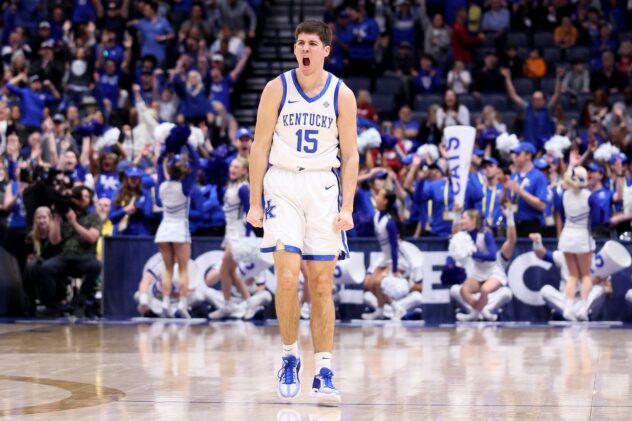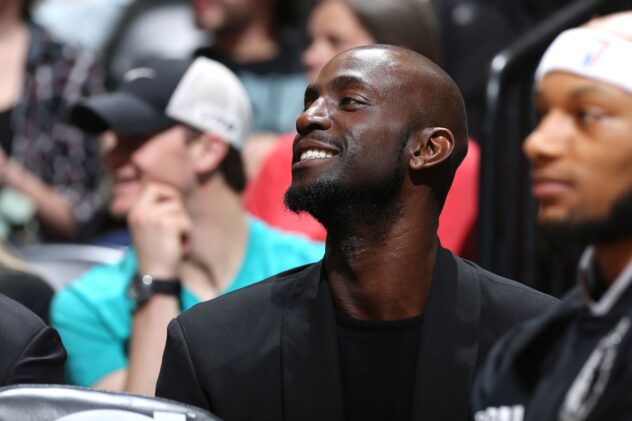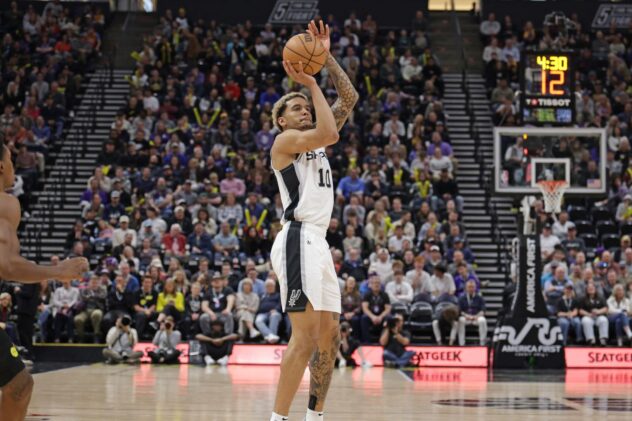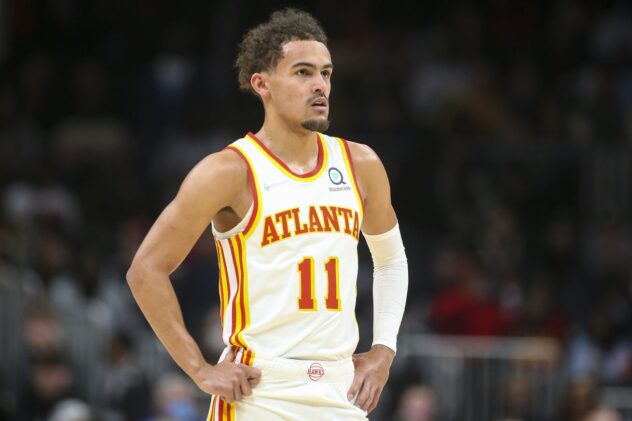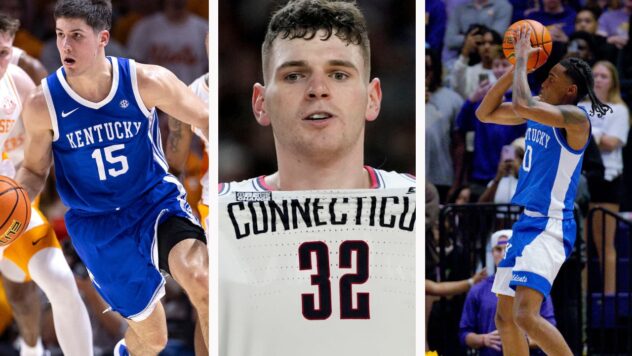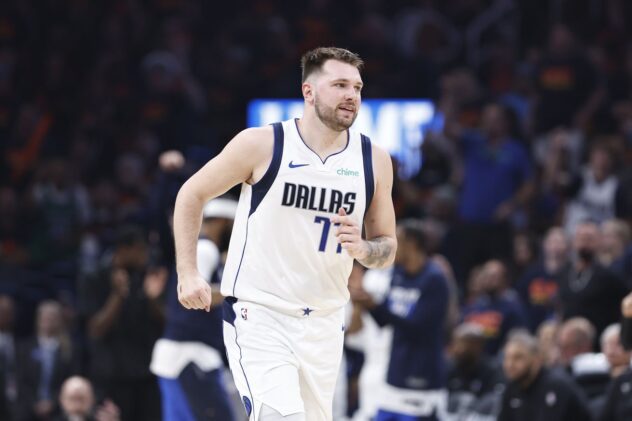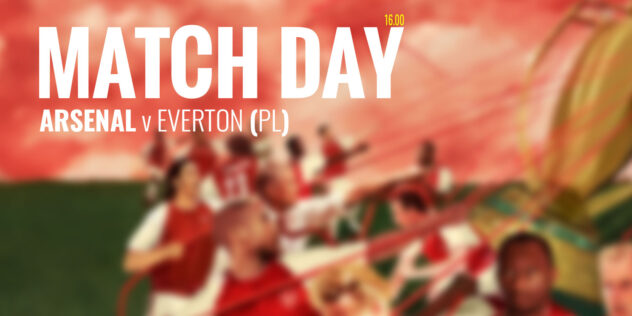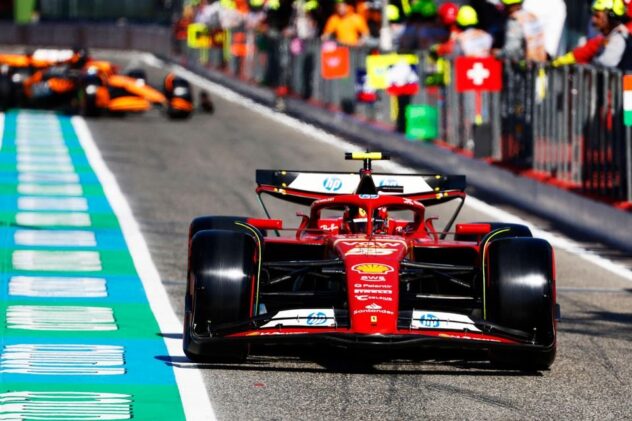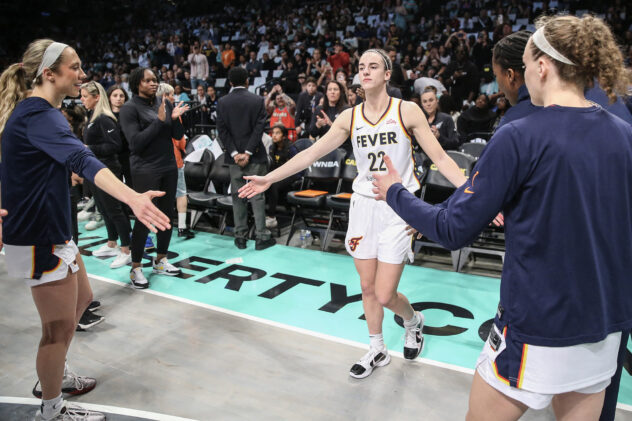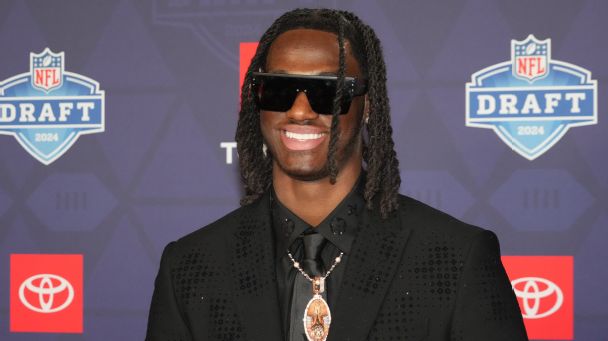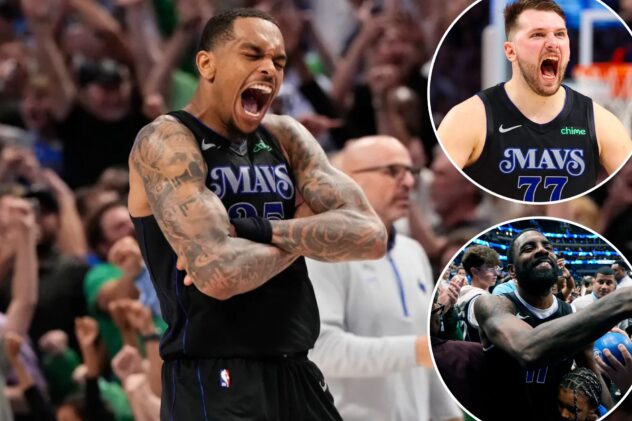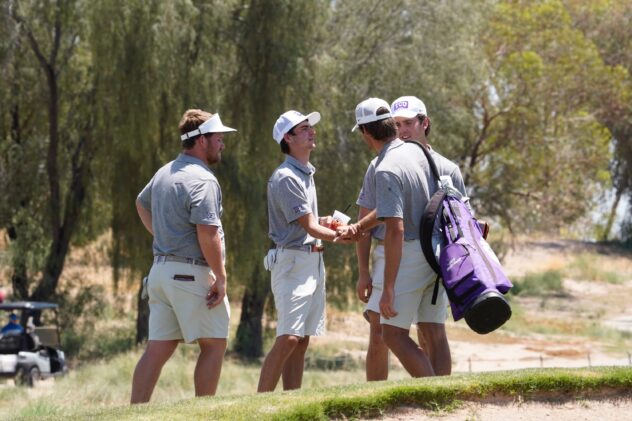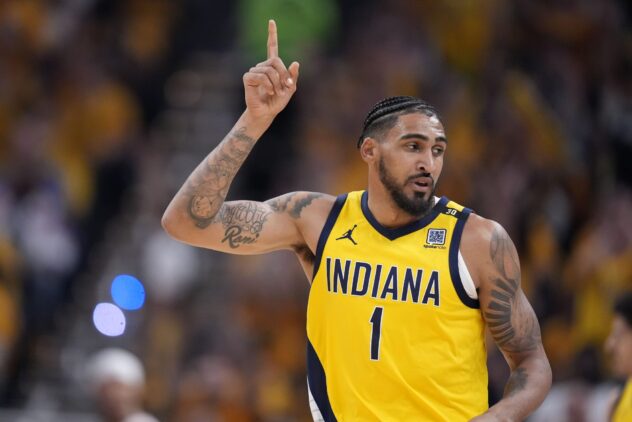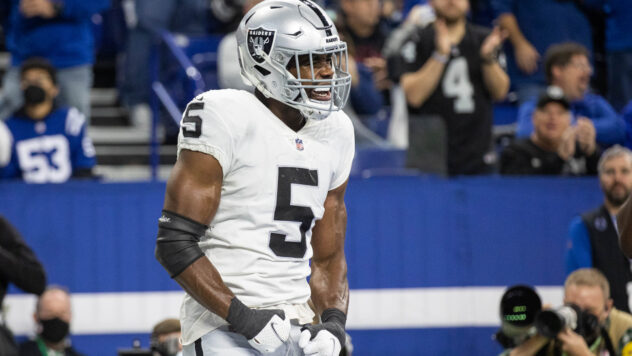It may not seem like it, but the Spurs are still tanking
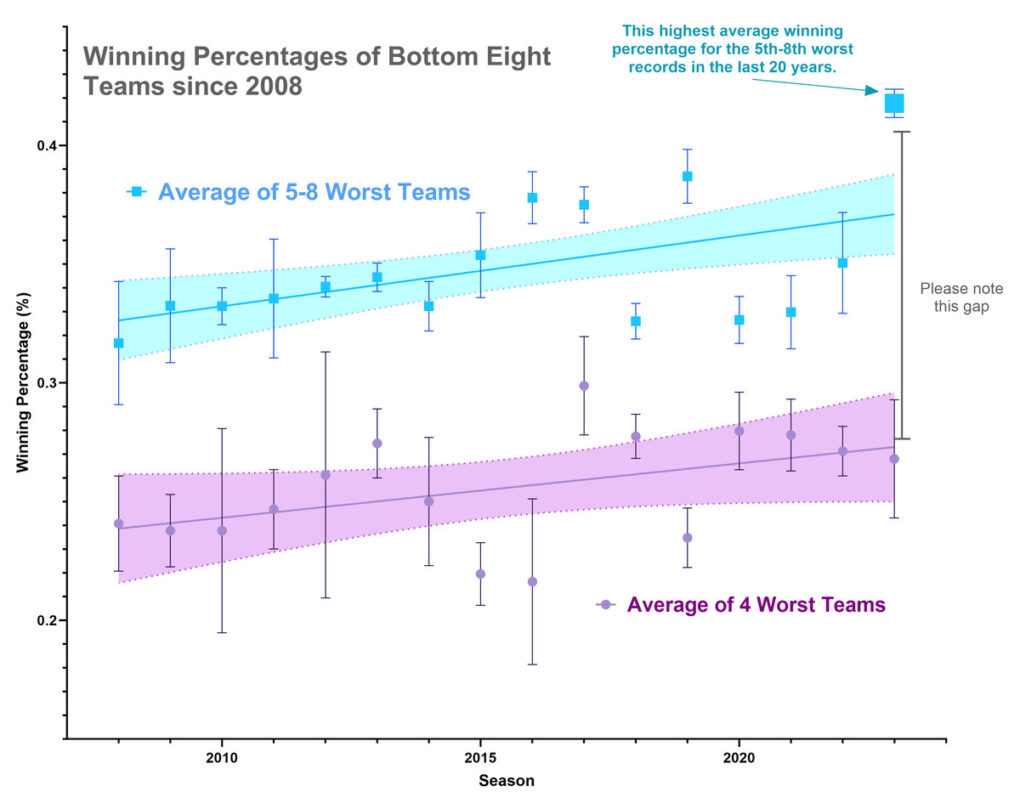
The San Antonio Spurs had loads of cap space heading into free agency, and the fans fluttered excitedly. Would be Spurs sign Bruce Brown Jr. or Fred VanVleet to help at point guard? Would Grant Williams or Cam Johnson be playing stretch four alongside Wemby? Maybe Brian Wright would drive up the prices on Herb Jones or Austin Reaves to annoy other Western conference rivals? Possibilities abounded. Hearts soared.
But, one by one, as the free agent signings were Woj’d and Sham’d, the flutters abated to vibrations, which were further muted to murmurs. Instead of a major signing, the Spurs stuck to their best practices that started with the DeMar DeRozan sign-and-trade: taking unwanted contracts for draft picks as compensation. Thus, as I write this, the roster hovers with the following players (assets the Spurs obtained in parentheses):
- Devonte’ Graham (four second-round picks — the “Josh Richardon” trade)
- Khem Birch (one top-6 protected first-round pick and two second-round picks, Sidy Cissoko is one of them — the “Jakob Poeltl trade”)
- Reggie Bullock (one unprotected 2030 first-round pick swap from Dallas)
- Cedi Osman (2026-2027, a second-round pick exchange with the Heat)
- Cameron Payne (Cash)
None of these players were acquired to improve the Spurs over the next several seasons. It is safe to assume zero of these players will be on Spurs at the end of next summer (Graham has two years left on his contract, but only $2.85 million is guaranteed if waived before July 1, 2024).
Moreover, I would argue that the Spurs aim to have zero of these players on the team by this season’s trade deadline, which broaches multiple questions and concerns. For example, changing these players for other draft assets will be a challenge. Teams know that San Antonio hopes to focus on development and may attempt to “wait out” the process by forcing the Spurs to make difficult roster decisions —e.g., Dominick Barlow still does not have an NBA contract. Thus, are the Spurs willing to waive several players with no further compensation? The minutia of the remaining off-season is intriguing, but the franchise’s direction for this season seems obvious.
Will the Spurs finish 14th in the Western Conference?!
For this article’s argument, imagine that the above players are either waived, traded, or do not contribute significantly to winning this season. Hence, San Antonio rolls forward with a young crowd of development projects with Doug McDermott as the Team Dad. How good is that team against the other teams in the conference? Draftkings has set the Spurs’ over/under at 30.5 wins, the lowest in the Western Conference. Of course, this fails to account for the likelihood that Portland will trade Damion Lillard. Using DraftKings and the potential Portland trade, the bottom five Western teams include:
- Trail Blazers: Going to tank hard.
- Spurs: Only the Spurs and post-potential trade Blazers are the teams void of a recent All-Star or All-NBA player on the roster.
- Rockets: Shot money out of a fire hose to sign Fred VanVleet, Dillon Brooks, and others.
- Jazz: All-Star Lauri Markkanen is again ready to lead a group that forgot to be terrible last season.
- Thunder: They have an All-NBA guard, a fun cast, and a 2nd overall pick ready to debut.
Despite DraftKings having eight of the league’s bottom eleven teams playing in the eastern conference, it’s safe to assume that many outside our cabal of Spurs fanatics see San Antonio as a bottom eight team or lower in the league. Logically, the Spurs are not a playoff team, and considering the free-agent non-signings, they are focusing on development this season. A team in the bottom 25% of the league, focusing on development, is on a slippery slope to another label…Tanking.
“Tanking” is hyperbolic for this situation. I prefer the phrase development since it better applies to a team with a forecasted great player on its roster. Regardless, the league is exceptionally dense with talent, the top prospects enter the NBA extremely young, and it’s logical to conclude that the San Antonio Spurs will lose plenty more games than they will win next season. Hence, I wanted to examine tanking/development seasons since recent changes in the NBA create a more nuanced experience.
Is tanking changing?
The combination of flattened lottery odds in 2019 and the addition of the play-in tournament in its full 7-10 seed format (since 2021) are likely affecting how teams approach tanking. These changes aimed to increase the number of teams trying to win the most games in a season by making the bottom of the standings look less tempting and improving the incentives of being above the bottom teams. To examine tanking, I divided the analysis into the bottom four teams and the teams with 5th – 8th worst records and examine these since 2008.
Don’t be captivated by the slight upward trend; that is just there for the visual aid—64 noisy data points are not enough for valid regression analysis. Instead, please note that this season produced the highest winning percentage for teams with the 5th to 8th worst records of the last 15 seasons. In addition, this season produced one of the widest gaps between the two groups—an observable trend over the most recent three seasons.
The NBA has created incentives for this divergence. The odds of getting the best picks are worse than before (from 25% to 14% for the worst record getting the top pick), but the bottom four records’ 14% chance at the best pick are still better than everybody else. So the motivation remains for those teams to head to the cellar and stay there.
The tale of two seasons
But once a team is above the top four, there’s a chance the play in the tournament will motivate them to stay in a fight a bit longer. To examine this, let’s compare the two seasons a decade apart. To make it more interesting, let’s compare the winning percentages of the bottom ten teams BEFORE and AFTER the trade deadline. In 2013 John Wall missed the first 33 games, so the Wizards had the worst record until the Bobcats took that slot on January 24th. Charlotte held that slot until the final three games when Orlando staked claim (both would “lose” the top pick to the Cavs in the infamous Anthony Bennett draft). Outside of Portland losing its last 13 games and the Bobcats’ Gerald Henderson closing the season well, most teams kept their steady trend.
:no_upscale()/cdn.vox-cdn.com/uploads/chorus_asset/file/24803196/2013_Bottom_10_records_trade_deadline.png)
The 2023 season looks contrastingly different. The bottom four teams isolated themselves by the trade deadline. In contrast, teams five through ten had winning percentages above 40% at the deadline. This was VERY different than 2013, when all but one team had a winning percentage BELOW 40%. Thus, in 2023, teams clearly attempted to win games longer into the season.
:no_upscale()/cdn.vox-cdn.com/uploads/chorus_asset/file/24803183/2023_Bottom_10_records_trade_deadline.png)
The “Traditional” and “Crash” Tanks
Traditional Tank
I classify tanks into two different genres. The “traditional” tank is what is most associated with the phrase. The roster is limited from the start, and it’s apparent very quickly the team is allocating playing time for developmental purposes. Wins are sparse, and the fans spend much of the season dreaming of the upcoming draft. The Spurs just did this. It worked. The Spurs also did it about 26 years ago. It also worked.
Crash Tank
The “Crash” tank is different. These teams often have playoffs and “play in” dreams, but for various reasons (injuries, “chemistry” issues,…etc.), the organization decides to pivot and dive as far down the standings the standing as possible. In the two most recent seasons, Portland has “Crash” tanked (rather successfully), and 2023 was incredibly epic. The Trailblazers lost 15 of their last 17 games (shut Damion Lillard down for the final 10) and crashed to the 5th worst record in the league. Then, via draft lottery luck, they jumped to the third-best draft slot and picked what many considered the 2nd highest projected player.
Will the Spurs “Crash” tank next season?
Something extraordinary about Portland finishing with the 5th worst record is that the Trailblazers won 33 games! Thirty-three wins is the most by a team that picked 3rd in 30 years (The Warriors, 34 wins, traded Penny Hardaway for Chris Webber in 1993). Teams winning 33 games often pick 8th or 9th, and teams in that range are usually not considered “Tanking” organizations. Teams winning over 30 games and getting the 5th best lottery odds is what the NBA wants. Furthermore, this might be what the Spurs should do—strive to win for most of the season and then assess with six weeks remaining.
Over the next several seasons, we may see more data supporting this thesis that the play-in tournament works. Specifically, it will foster competitiveness and pull teams ranked 18-25th upward for most of the season. Then, if the landscape looks unfruitful, several of these teams will “crash” after the trade deadline to maximize lottery odds. I put the Spurs right at the threshold of the Traditional and Crash tank this season. If a player shows exceptional development, then the play in tournament would be a wonderful learning experience. If not, a very strong draft pick would be excellent as well.

